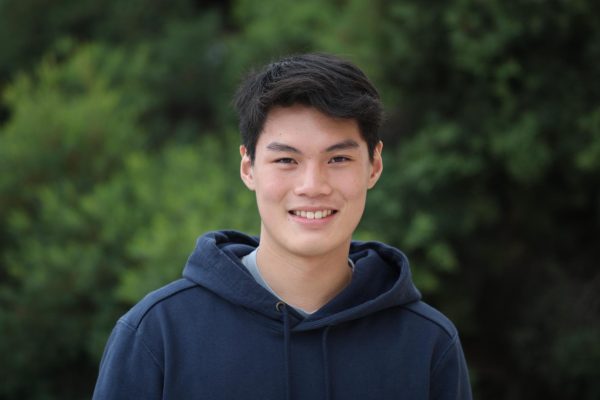As graduation nears, I’ve been reflecting on the memories I’ve made with friends — and how limited our options have been outside of school. It’s easy to be content hanging out at friends’ houses or attending end-of-year senior events, but it’s a bittersweet time that encourages deeper reflection on how I spend time with the people I care about most.
Looking back at the past four years of high school, I realize most of my memories were made through serious effort, because there just aren’t many places for young people to go. Most of my closest friendships were made through school sports, not activities in our town.
The reality is there’s a serious lack of third spaces — places beyond school and work — in Palo Alto. Outside of coffee shops and restaurants, I can’t think of many options. Where is our local bowling alley? Mini-golf, dart-throwing bars or even arcades? In Palo Alto, if you’re not studying or buying food, you often feel the need to leave the city limits to find fun things to do with friends, just to create new memories that aren’t related to school.
In the 1980s, American sociologist Ray Oldenburg developed the notion of a “third place,” a space for informal, free social interaction, which is essential to democracy. According to the University of Chicago, third spaces help build community by giving people reasons to come together. They connect groups with similar interests and increase revenue for cities by boosting foot traffic and attracting more consumers.
Beyond providing more spaces for friends to hang out and creating local communities, third spaces can reduce driving and make Palo Alto a city where more activities are accessible.
Before I got my driver’s license, having fun was much more difficult because everything worth doing was out of reach by bike. In a time when, according to the American Physiatry Association, 30% of adults report feeling lonely and teens suffer from a lack of social engagement, creating more third spaces could help strengthen community bonds.
However, Palo Alto has faced challenges with local businesses not having enough customers or interest, with vacancy rates near 15%, according to the Palo Alto Daily Post. Part of this stems from a tough business environment, but according to Councilmember George Lu, regulations also play a large role in limiting growth.
For instance, when the Aquarius Theater sought to sell beer, it faced a 14-month permitting process. Overregulation from the city can become burdensome for businesses, discouraging innovation and making new planning difficult.
Other cities offer a model for success. Detroit revitalized its (admittedly larger) downtown by turning it into a gathering place with open plazas and events, while Berkeley has closed streets to increase foot traffic, similar to Palo Alto’s California Avenue. This idea could be extended to our downtown, where street parking is already hard to find. Instead of busy streets filled with cars, the city could close some streets to make them more pedestrian-friendly and encourage walkable commerce.
Palo Alto should also be more open to higher-density housing and relax height restrictions on residential buildings downtown to encourage more residents there, making local businesses more economically viable.
Yet, we can do more to ensure our city remains vibrant for years to come. Palo Alto could adopt an approach that leads to more outdoor spaces, more teen-friendly areas and more public events geared toward high school students beyond those put on by the Teen Advisory Board.
As a student about to leave for college, I know I won’t fully benefit from these changes if they are implemented, but that doesn’t make them any less important to me. High school students deserve a walkable, livable city full of events worth attending where third spaces can encourage community building.
We need to enhance Palo Alto’s community by supporting measures that make the city more accessible on foot or bike, increase local businesses and allow more residents to explore our beautiful city.


Sally Wood • Jul 4, 2025 at 7:39 am
Fabulous expression of thoughts that should be shared with a larger population.